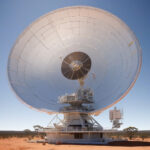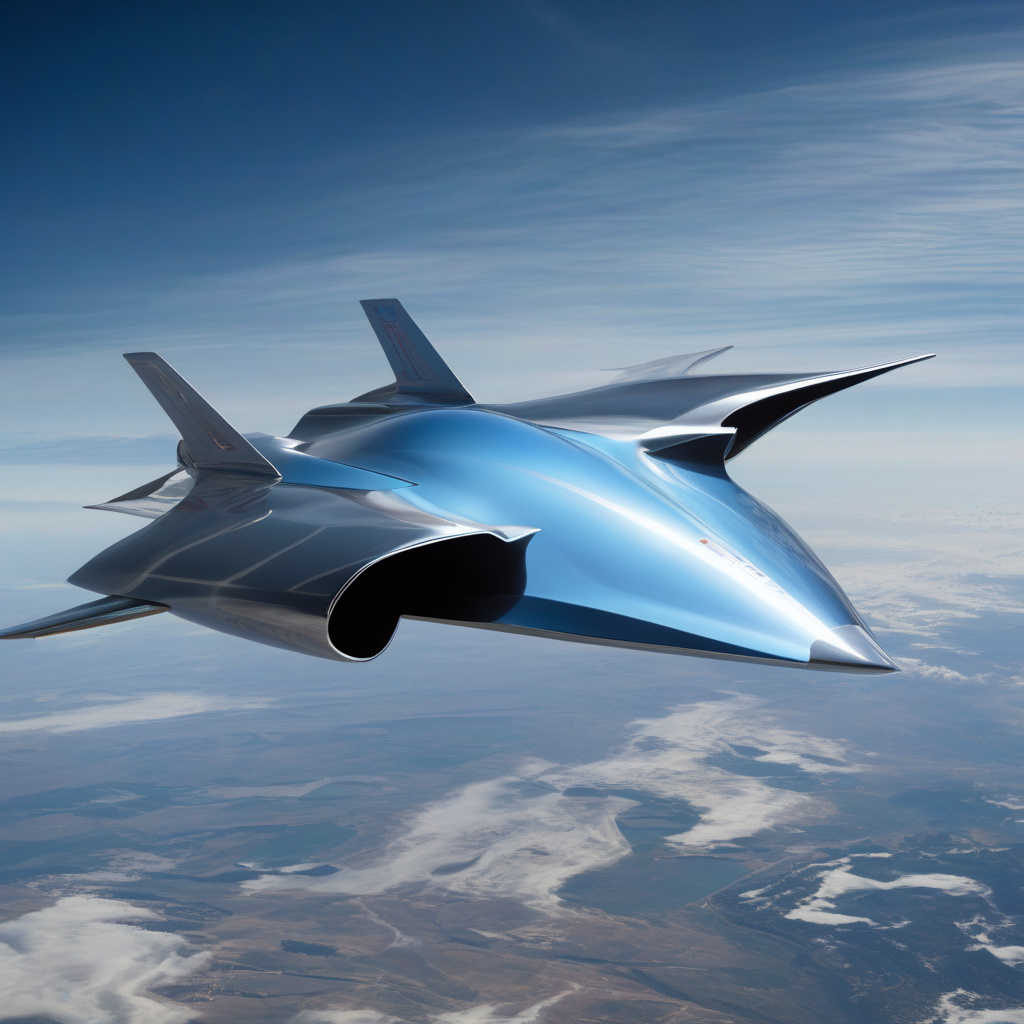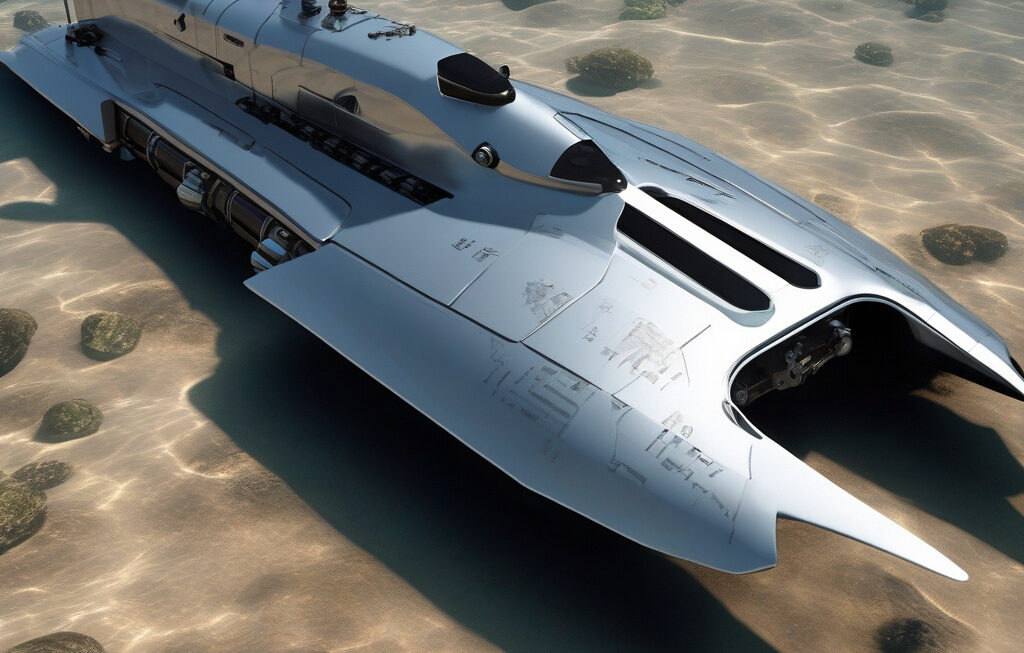Where the US Stands in the Global Hypersonic Tech Race that Could Alter War and Travel
Hypersonic flight, defined as travel at speeds exceeding Mach 5 or five times the speed of sound, has emerged as the new frontier in aerospace technology. The ability to travel at such incredible velocities opens up a world of possibilities, from drastically reducing travel times for passengers to revolutionizing military capabilities. As nations around the world race to develop and deploy hypersonic technology, the United States finds itself at a critical juncture in maintaining its competitive edge in this rapidly evolving field.
The US has long been a pioneer in aerospace innovation, with a history of groundbreaking achievements in aviation. However, when it comes to hypersonic technology, the country faces stiff competition from rivals such as Russia and China, who have been making significant strides in this arena. Both countries have already conducted successful test flights of hypersonic missiles capable of evading traditional missile defense systems, posing a serious challenge to US national security interests.
In response to this growing threat, the US has ramped up its efforts to develop its own hypersonic capabilities. In recent years, the Pentagon has allocated billions of dollars to hypersonic research and development programs, with the aim of fielding hypersonic weapons systems within the next decade. One such program is the Hypersonic Air-breathing Weapon Concept (HAWC), a joint initiative between the US Air Force and the Defense Advanced Research Projects Agency (DARPA) that aims to develop an air-breathing hypersonic missile capable of striking targets anywhere in the world within minutes.
In addition to military applications, hypersonic technology also holds immense promise for the commercial aviation sector. Imagine being able to travel from New York to London in just a couple of hours or from Los Angeles to Tokyo in less than half the time it takes today. Such advancements could revolutionize the way we think about air travel, making long-distance trips faster, more efficient, and more accessible to a wider range of passengers.
However, the road to widespread adoption of hypersonic travel is not without its challenges. In addition to the technical hurdles that must be overcome to ensure the safety and reliability of hypersonic aircraft, there are also regulatory and logistical issues that need to be addressed. Airspace management, sonic booms, and environmental concerns are just a few of the factors that policymakers will need to consider as they work to integrate hypersonic technology into the global aviation system.
Despite these challenges, the potential benefits of hypersonic technology are too great to ignore. As the global hypersonic tech race heats up, the US must continue to invest in research and development efforts to ensure that it remains at the forefront of this transformative technology. By leveraging its unparalleled expertise in aerospace engineering and forging partnerships with industry leaders, the US can position itself as a leader in hypersonic innovation and secure its place in the future of high-speed travel and defense.
In conclusion, the race to harness the power of hypersonic technology is well underway, with far-reaching implications for both military strategy and commercial aviation. As the US navigates this rapidly evolving landscape, it must stay vigilant and proactive in its pursuit of hypersonic capabilities to maintain its competitive edge on the global stage. The future of travel and warfare may very well be defined by the speed of sound, and the US has a unique opportunity to shape that future for the better.
hypersonic, technology, innovation, aerospace, travel











